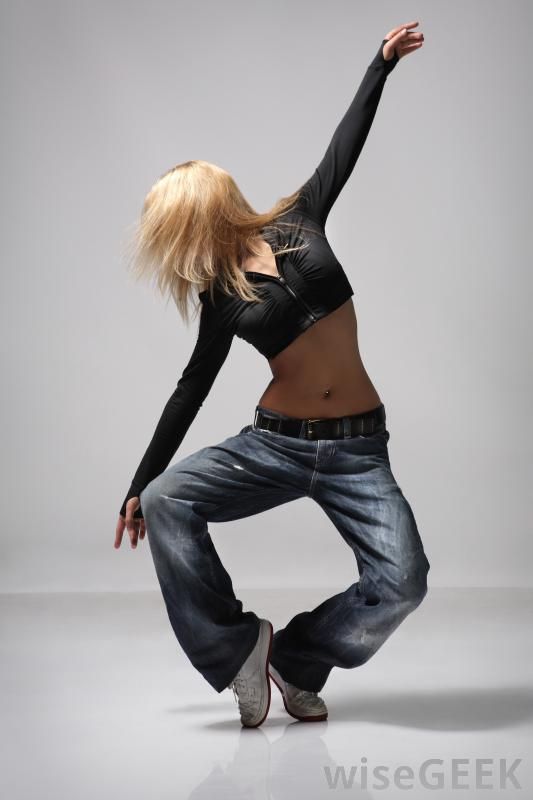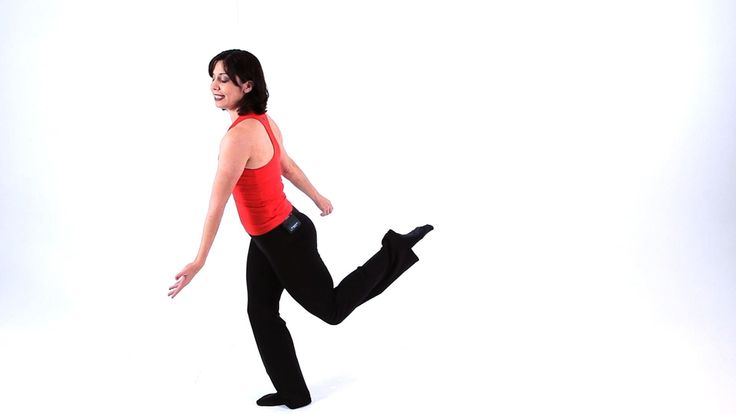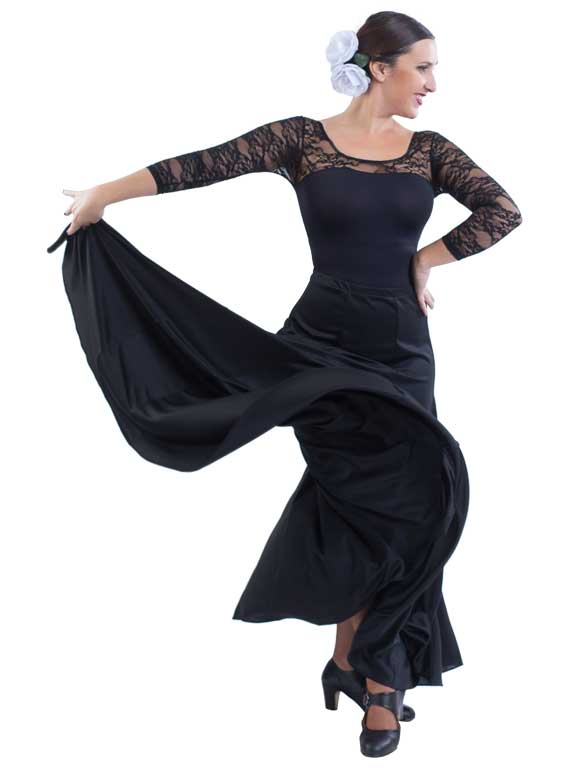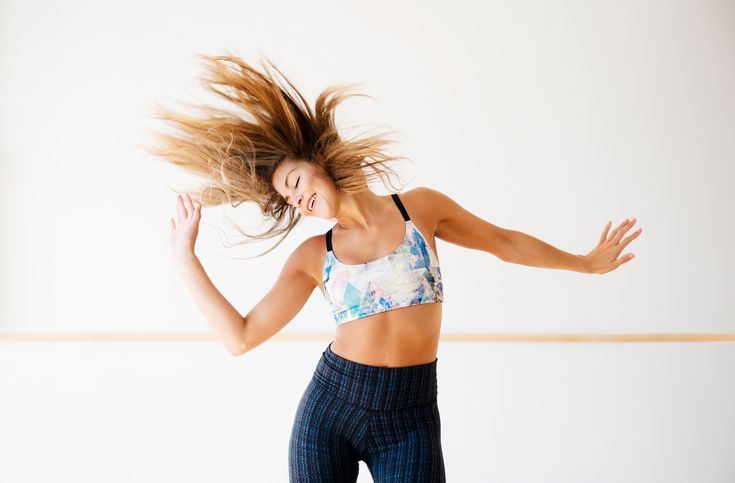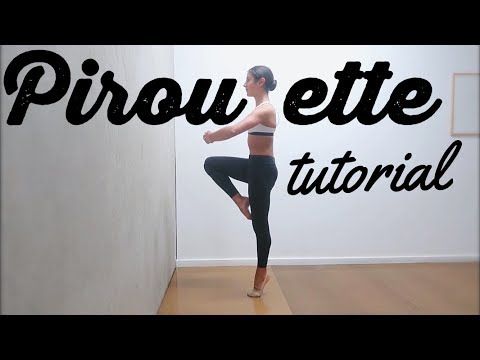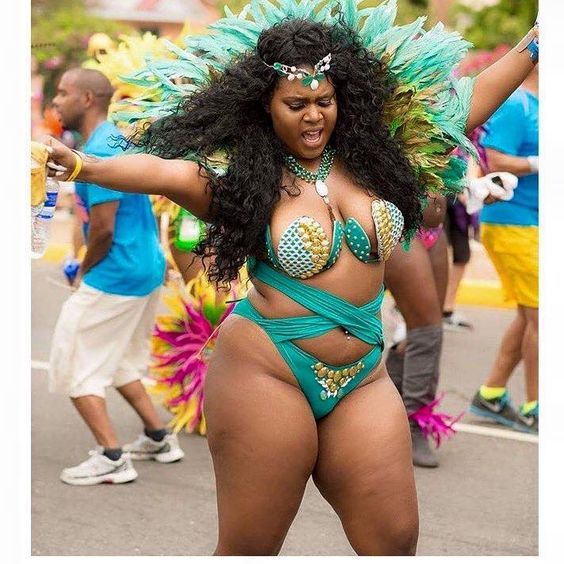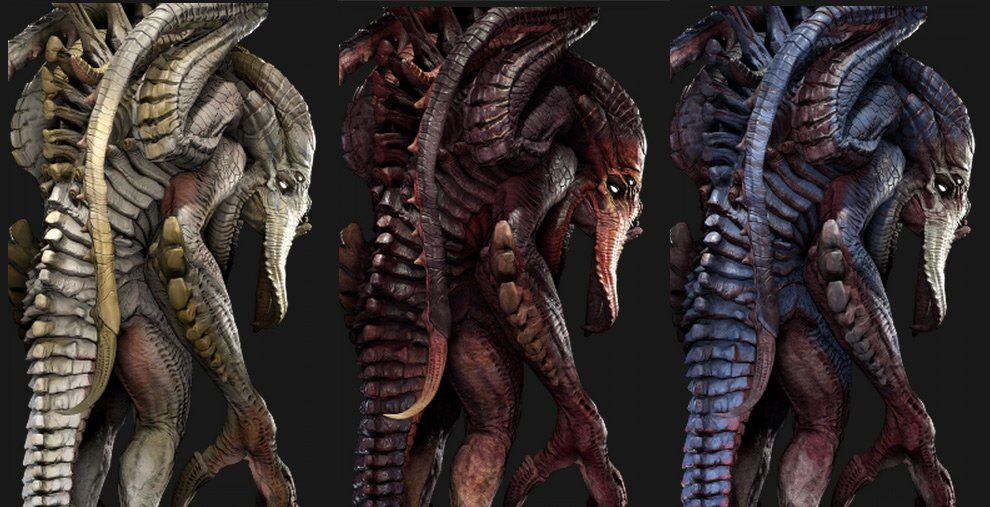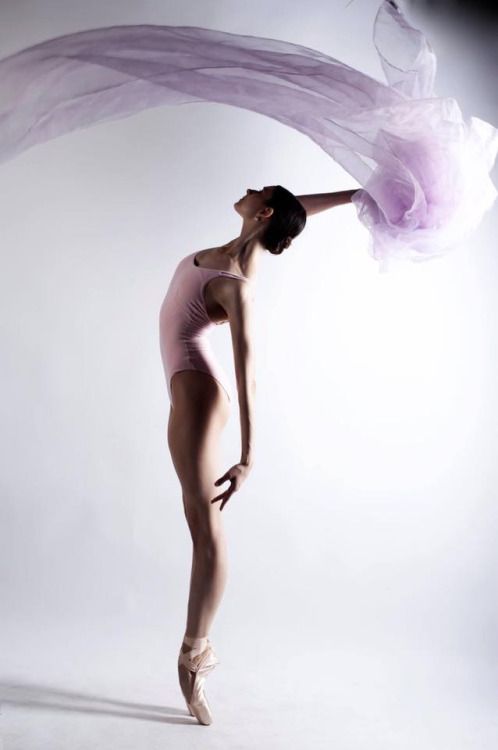How to dance a gavotte
GAVOTTE Dance - aka Gavote, La danse Classique, kissing dance
| You Are here: | | Search Streetswing Site | | |
|
|
Streetswings Dance History Archives: Gavotte | | The oldest description of the gavotte is in Arbeau's Book, "Orchesogrphie" written in 1588. The gavotte was originated by the French after the Gavot's (Peasants) in the "Pays de Gap" (Gapencais district) region of the Dauphine (1403-1461) or the Alps, French Province.![]() King Louis XIII (1601-1643) of France was said to have created the music for the traditional gavotte which reached the highest mark during the Renaissance. The gavotte became known as "La danse Classique." It became popular in the 17th. century and was danced with as much enthusiasm as the Minuet. King Louis XIII (1601-1643) of France was said to have created the music for the traditional gavotte which reached the highest mark during the Renaissance. The gavotte became known as "La danse Classique." It became popular in the 17th. century and was danced with as much enthusiasm as the Minuet. The dance was a very spacious dance and had a interesting benefit, after the group danced for a while the lead couple would dance in the | | middle of the room, when the male lead would end the passage, he would kiss his partner (Kewl!) then he would kiss all the rest of the ladies in the room, the lady follower would do the same. (I can see why this dance became so popular! :). Dance Master Vestris created many of the rules for this dance. The dance was performed to a medium to fast tempo music (4/4), however it was slower than the Bouree. The gavotte remained popular till the French Revolution (18th.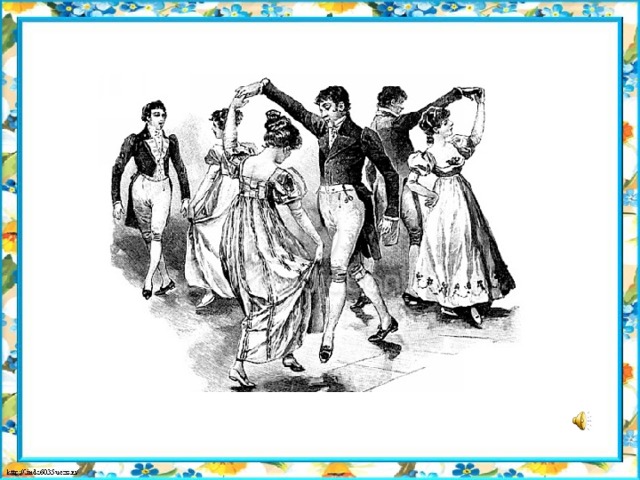 century.) Marie Antoinette (1755-1793) was a great admirer of this dance. Usually the Minuet would follow a Gavotte. century.) Marie Antoinette (1755-1793) was a great admirer of this dance. Usually the Minuet would follow a Gavotte. Step descriptions are the same as those of the ballet. (see Bottom of Page) In 1910 the Dance Masters of America held conference and decided to honor President Rosevelt with a new dance called the Rosevelt Gavotte, however after much debate they decided to call it the Credo Waltz which was a gliding, Stately Waltz. Prof. Oskar Duenweg of Terra Haute created the dance. |
Birth Place | Creation Date | Creator | Dance Type | | France | ? 1580s ? | Peasants | Court Dance |
Posters, Lobby Cards etc. | Sheet Music Covers | Music Titles | | n/a | n/a | Dance Of The Little Feet | | | | | | | | Gavotte (Gossec) | | | | | | | | Gavotte I, II (Blavet) | | | | | | | | Gavotte I, II, III (Praetorius) | | | | | | | | Gavotte Mignon | | | | | | | | La Gavotte | | | | | | | | Secret Love Gavotte |
Night Clubs | Theaters | Locations | | n/a | n/a | France | | | | | | | | Gapencais district (Pays De Gap) | | | | | | | | | | |
Instructional / Exercise | Television | Ballets / Stage | | n/a | n/a | n/a | | | | | | | | | | | | | | | | | | | | | | | | Newspaper Publications | | | | | | | | 8/9/1827 - Wilmingtonian (Gavotte Mentioned) | | | | | | | | 1/12/1895 - Daily North Western (Gavotte and Deux Temps) | | | | | | | | | | |
Dancers, Choreographers etc. | Political | | Anna Pavlova | Vestris | Louis XIII (1601-1643) | | The Castles | | Marie Antoinette (1755-1793) | | Pierre Rameau (1720's) | | |
Books, Magazine Articles on the dance... | | | | | | Orchesographi | Arbeau, Thoinot | 1588 | n/a | | The Dancing Master | Rameau, Pierre | 1728 | n/a | The Dance . .. Ancient & Modern .. Ancient & Modern | Moore, Arabella C. | 1880's | n/a | | | | | | | | | | | | | |
Musicians | Singers | Poets / Writers | | Arbeau, Thoinot (c.1580s) | n/a | n/a | | Bach, Johann Sebastian (1685-1750) | | | | | Blavet, Michel (1700-1768) | | | | | | De Kovan | | | | | | Gardel, Carlos (1890-1935) | | | | | | Gluck, Christoph Willibald (1714-87) | | | | | | Handel, George Frideric (1685-1759) | | | | | | Praetorius, Michael (1571-1621) | | | | | | Rameau, Pierre | | | | | | Vestris, Gaetano | | | | | | Gossec, François-Joseph (1734-1829) | | | | |
Misc. Research Words that may be related ... to help your searches Research Words that may be related ... to help your searches | | Court dance | Gavot | Musette | - | | Dauphine | Glide dance | Renaissance dance | | |
| | | | - Basic Step: (American Gavotte): By Edna Witherspoon-1890
- First Part:
Slide left foot to left side in second position, count one; draw right to left and slide left to side (chassé) and immediately following the chassé count and-two; repeat chassé and count and-three; draw right to left to first position, placing the weight on the right and count four; two measures.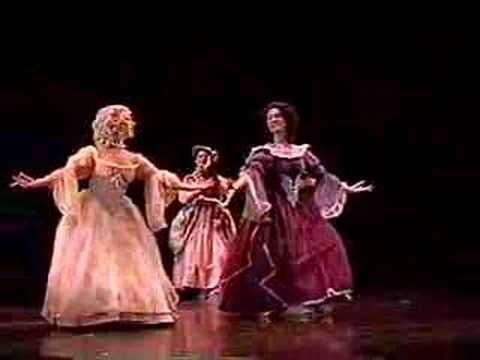
- Second Part:
Slide left foot to side in second position, and count one; draw right to left to first position, count two; slide left to side, count three; draw right to left and immediately slide left to side, counting four after the chassé; two measures. Repeat all of the above, commencing with the right foot. The first part is to be made directly to the side; the turn to be made on the second part. Counterpart for follower.
|
|
| |
|
Gavotte - Strictly Classical: classical music and dance
Gavotte - Strictly Classical: classical music and dance - Classic FM
Latest on Classic FM
What’s so good about Stradivarius violins?
Discover Music
Audience member banned from Royal Opera House after he loudly booed child singer during aria
English National Opera give ‘defiant’ curtain call as opera stars scorn funding cut
First trailer released for ‘Chevalier’ biopic about 18th-century composer Joseph Boulogne
This week’s radio highlights – including Album of the Week and Drive Discovery
Leading UK opera companies have funding slashed in Arts Council announcement
‘You still got it!’ – 90-year-old John Williams casually plays Brahms concerto during recording session
Williams
Pet Classics, our special programme to calm pets on Bonfire Night, returns for 2022
Intrepid insect joins classical guitarist for duet in amusing concert moment
Xuefei Yang
Extinction Rebellion activists halt Verdi Requiem at Concertgebouw, comparing to ‘sinking Titanic’
See more Best classical music
10 pieces of classical music that will 100% change your life
Discover Music
The 4 eras of classical music: a quick guide
Discover Music
The 15 most famous tunes in classical music
Discover Music
The 25 best pianists of all time
Discover Music
15 LGBTQ+ composers in classical music history that you probably already know
Discover Music
See more Latest news
Long-lost Stradivarius violin stolen by Nazis during Second World War found in France
Discover Music
‘Calamity’ as musical instruments are soaked by concert hall’s sprinkler malfunction
How to keep your pets safe this firework season, according to the RSPCA
Flautist plays ‘Danse Macabre’ in a creepily coordinated organ duet with herself
Paddington star Hugh Bonneville says fictional bear ‘was my first friend’ in heartwarming reveal
Scientists say this major piano chord can help cure nightmares
Niccolò Paganini was such a gifted violinist, people thought he sold his soul to the devil
Paganini
Music For Pets playlist: classical music to keep your pets calm during fireworks
Lifestyle
Metropolitan Opera stagehand, 20, killed in tragic New York subway accident
New York Metropolitan Opera
Royal piper’s fanfare wakes King Charles III for first time at London residence
Videos
See more Latest videos
Andrea Bocelli sings ‘Feliz Navidad’ with son and daughter in heart-warming Christmas trio
14 days ago
Andrea Bocelli
The time Aretha Franklin stepped in for ‘good friend’ Pavarotti, and sang Nessun Dorma
15 days ago
Luciano Pavarotti
Classical pianist gives curious toddler an impromptu piano lesson on train station concourse
20 days ago
Discover Music
Ballerina performs an exquisite routine, while riding a bicycle
21 days ago
Discover Music
This choirboy ‘cat duet’ is a masterpiece in musical humour, and in keeping a straight face
22 days ago
Comical classical chaos as cellist’s bow explodes in the middle of a contemporary music recital
26 days ago
Discover Music
Waltz-gavotte
Author - I. N. Kusov.
N. Kusov.
"Waltz-gavotte" - Russian ballroom dance, created by Ivan Kusov, the author of such classical ballroom dances as:
- "Figured Polka"
Dance "Waltz-Gavotte" consists of two parts: the 1st part is slow - Gavotte, the 2nd part is fast - Waltz.
The dance is included in the competitive program for classical (domestic) ballroom dancing for the following age categories of performers:
6th group - "Youth", (17-24 years old),
7th group - "Adults" (25 years and older, the total age of the couple is up to 70 years old),
8th group - " Seniors" (35 years and older, the total age of the couple is up to 100 years),
9th group - "Grand Seniors" (the total age of the couple is over 100 years).
Music:
Gavotte's time signature is 4/4.
Waltz time signature - 3/4.
DANCE DESCRIPTION
Dance "Waltz-Gavotte" has a combined composition and consists of two parts:
1st movement - Gavotte (built on the elements of Gavotte), occupies 16 measures of musical accompaniment, musical time signature is 4/4.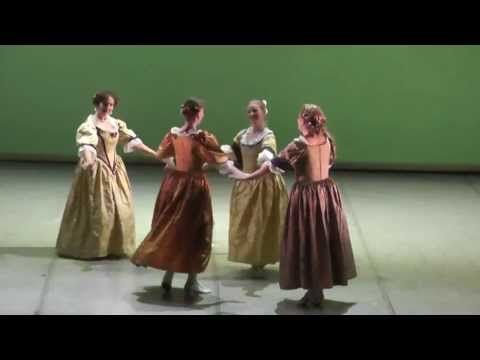 The pace is moderately slow.
The pace is moderately slow.
2nd part - Waltz (includes Waltz movements), occupies 32 measures of musical accompaniment, time signature 3/4. The pace is moderately fast.
The whole composition of the dance takes 48 measures of musical accompaniment, different in duration and tempo, and two independent introductions.
Introduction to the 1st movement - 3 chords - during which the dancers take their starting position to the beginning of the dance.
Introduction to the 2nd movement - 3 chords - during which the dancers take their starting position for the performance of the first figure of the waltz.
The description of the dance will be given later.
Literature
- " Ballroom dancing. Sarikojumu dejas ". Lasman Milda. Ed. Latvias Valsts Izdevnieciba, Riga (Riga), 1954
- " New ballroom dancing ". Collection. Compiled by E. Konstantinova. Ed. Music, L., 1964
- " New ballroom dancing ". Collection.
 Compiled by L.G. Stepanova. Publishing house Soviet Russia, M., 1969.
Compiled by L.G. Stepanova. Publishing house Soviet Russia, M., 1969. - " Modern ballroom dance ". Manual for students of cultural institutions, students of cultural and educational schools and leaders of ballroom dance groups. Edited by V.M. Striganova and V.I. Ural. Ed. Enlightenment, M., 1978
- " Historical dance ". Tutorial. I. Voronina. Ed. Art, M., 1980
- Educational and methodological recommendations for the organization of work with the whole class in elementary school on rhythm, rhythmoplasty and ballroom dancing . Shutikov Yu.N. Saint-Petersburg, 2006
Video for the dance "Waltz-gavotte"
The composition of the dance is presented on two video recordings.
The first recording was made in 2008 at the Ballroom Dance School of the Palace of Culture named after. Lensoviet, head Smolkina F.P. The dance is performed by a demonstration couple of the School of Ballroom Dancing - repeated winners of the National Ballroom Dancing Competitions.
The second recording was made in 2016 at the City competition of Russian ballroom dancers "Petersburg Assemblies-2016".
Musical accompaniment
Music for the performance of the dance "Waltz-gavotte" (available for download):
Waltz-gavotte - version 1
Waltz-gavotte - version 3 90-gavotte c05 9000
Waltz Gavotte :: Trianon Studio
| | | Waltz Gavotte Description:
Starting position: dancers stand in pairs in a circle (gentleman to the left of the lady) facing along the line of dance. The gentleman holds the lady by the waist with his right hand, and with his left hand takes the lady's left hand and takes her to the left into the diagonal. The left hand of the lady is in front on the left of the body, and the right hand is on the skirt. (Further: IP - starting position, LT - line of dance, K - gentleman, D - lady) The gentleman holds the lady by the waist with his right hand, and with his left hand takes the lady's left hand and takes her to the left into the diagonal. The left hand of the lady is in front on the left of the body, and the right hand is on the skirt. (Further: IP - starting position, LT - line of dance, K - gentleman, D - lady) Gavot part (musical time signature 2/4)
During the musical introduction, K and D bow to each other (D curtsies).
8 measures - K and D go forward in a "zigzag" (alternately to the right and left diagonally at each step crossing the LT) 4 steps of the gavotte, starting with the right foot to the right.
4 measures - 2 steps of gavotte straight back (against LT).
4 measures - 1 gavotte step forward-right diagonally and one gavotte step forward, where on the 8th count the partners turn to face each other, while the gentleman steps back a little with his back to the center of the circle, releasing the lady's hands.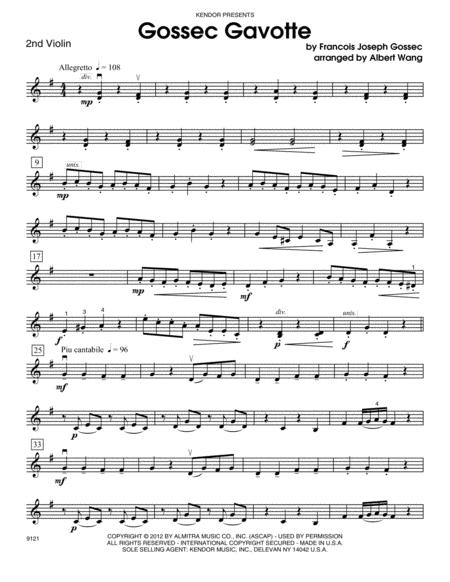
4 stroke - Pas balancee de minuet.
4 cycles - Step glide path against LT and full turn K around the right, D around the left leg.
4 measures - K and D give each other right hands in 1st position and in 2 steps of the gavotte make a full turn around the common axis clockwise.
4 beats - On the back of the beat To the partners' hands open into the "boat" position on the count "one-and-two" both perform a glide path against the LT. On the next cycle, on the count of "times", the partners are revealed face on LT. Waltz part
During the musical introduction, K and D bow to each other (D curtsies).
2 measures - opening forward along the LT (K holds the left hand of D with his right hand), and 2 waltz promenades go forward.
2 bars - on the start of the beat and the count "once" the partners turn their backs along the LT (now K holds the lady left by the right) and go along the LT backwards 2 waltz promenades.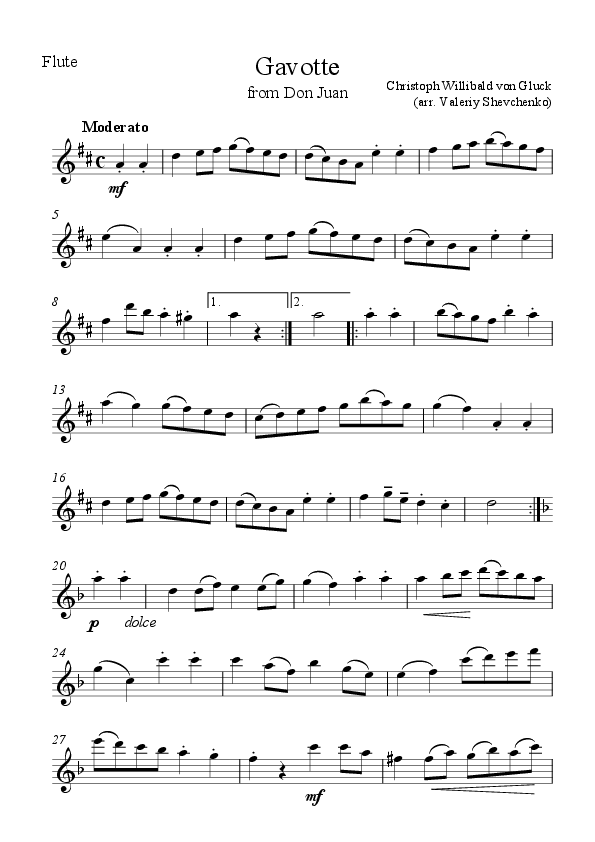
4 measures - repeat the first 4 measures.
4 bars - K turns to face LT and performs the first 3 bars of left-right-left balance holding the lady with the right hand behind the left. D bypasses K counterclockwise with a waltz promenade. On the last measure, K turns his back along the LT around his right shoulder and picks up the lady in a waltz position.
4 bars - 2 waltz turns After that, the entire waltz part is repeated once more. Steps:
Gavotte step (2 measures) - to the right from third position:
1 - light plié, step on the right leg, on the full foot,
2 - step on the left foot,
3 - step on the right foot,
4 - plie on the right leg, the left leg is brought forward (or to the left - with a "zigzag") for a pose.
Similarly to the left from the left leg. When performing the Gavotte Step in a straight line, the pose is done along the line of dance.![]() Gavotte step - zigzag pattern : 4 gavotte steps (8 measures)
The 1st step of the gavotte is performed in the right diagonal with the right foot, at the end of the step the position with the left foot in the left diagonal.
2nd step of the gavotte - to the left diagonal from the left foot, ending with a pose to the right diagonal.
3rd step of the gavotte - to the right diagonal from the right foot, the position with the left foot is performed forward along the LT.
4th step of the gavotte - forward along the LT from the left leg, on the 4th count, instead of the pose, the right leg is pulled up behind the left, plie. Pa balancee de minuet (4 measures):
1 - step to the partner from the right leg through a light plié. Hands are raised to the third position.
2-3 - cost
4 - the left leg is pulled up from behind to the third position.
On the back step - plie, the right leg rises behind the left, the knee looks to the side, the foot is extended along the leg,
5 - step from the right back, hands go down
6-7 - cost
8 - the right leg is pulled up to the third position in front.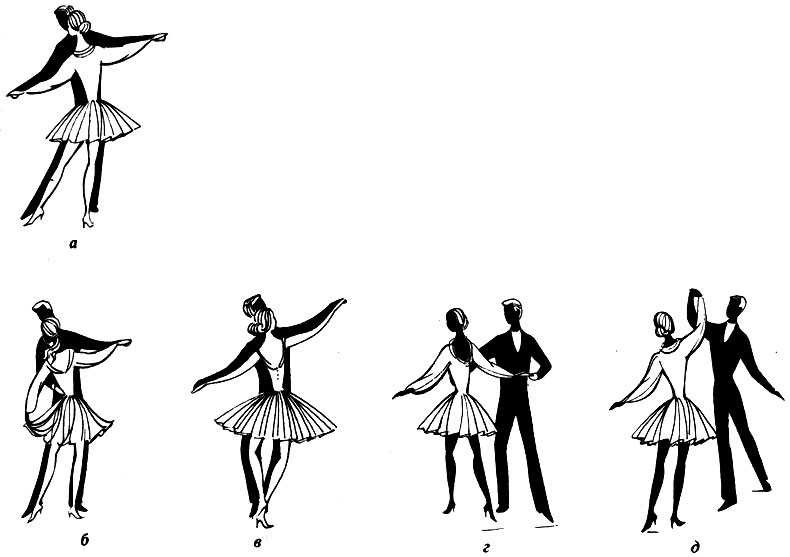
 . .
|
 N. Kusov.
N. Kusov.  The pace is moderately slow.
The pace is moderately slow.  Compiled by L.G. Stepanova. Publishing house Soviet Russia, M., 1969.
Compiled by L.G. Stepanova. Publishing house Soviet Russia, M., 1969. 
 century.) Marie Antoinette (1755-1793) was a great admirer of this dance. Usually the Minuet would follow a Gavotte.
century.) Marie Antoinette (1755-1793) was a great admirer of this dance. Usually the Minuet would follow a Gavotte.

 .. Ancient & Modern
.. Ancient & Modern Research Words that may be related ... to help your searches
Research Words that may be related ... to help your searches
 The gentleman holds the lady by the waist with his right hand, and with his left hand takes the lady's left hand and takes her to the left into the diagonal. The left hand of the lady is in front on the left of the body, and the right hand is on the skirt. (Further: IP - starting position, LT - line of dance, K - gentleman, D - lady)
The gentleman holds the lady by the waist with his right hand, and with his left hand takes the lady's left hand and takes her to the left into the diagonal. The left hand of the lady is in front on the left of the body, and the right hand is on the skirt. (Further: IP - starting position, LT - line of dance, K - gentleman, D - lady) 



